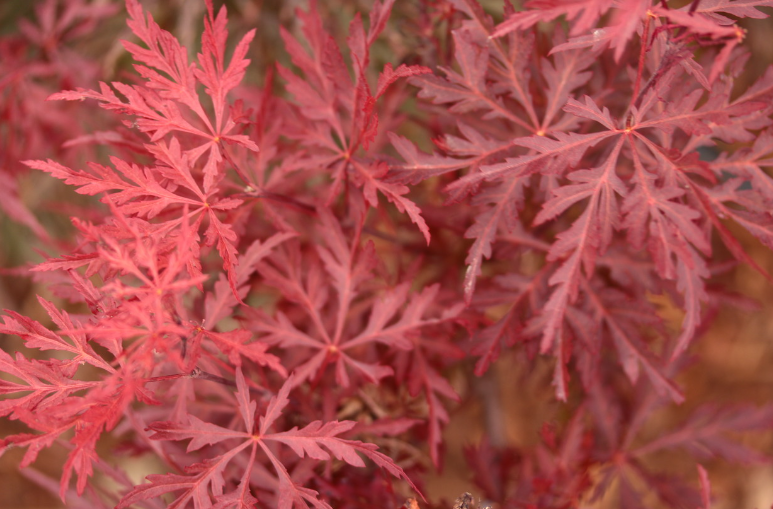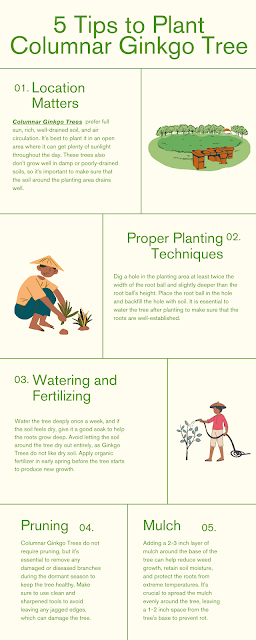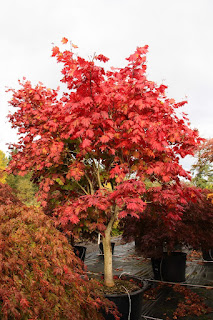The Red Japanese Maple - Why You Should Have Them?

Red Japanese Maples If you are looking for a tree that will add beauty, elegance, and color to your garden, look no further than the red Japanese Maple. Known for their stunning red foliage, the Japanese Maple is a statement tree that will capture your imagination. It’s a perfect choice if you want to make a lasting impression with your landscape. This blog post will explore the reasons why you should have a Red Japanese Maple in your garden. They are Perfect for Any Garden One of the reasons people love Red Japanese Maples is their versatility. They thrive in different climatic conditions, and you can plant them in small or large gardens. Red Japanese Maples come in several varieties that can grow from 6 feet to 25 feet tall. You can select the one that is perfect for your garden and create a beautiful focal point or plant them along a garden border for added beauty. They Have a Rich History and Culture The Japanese Maple has both cultural and historical significance. In Japan, the

.jpg)



